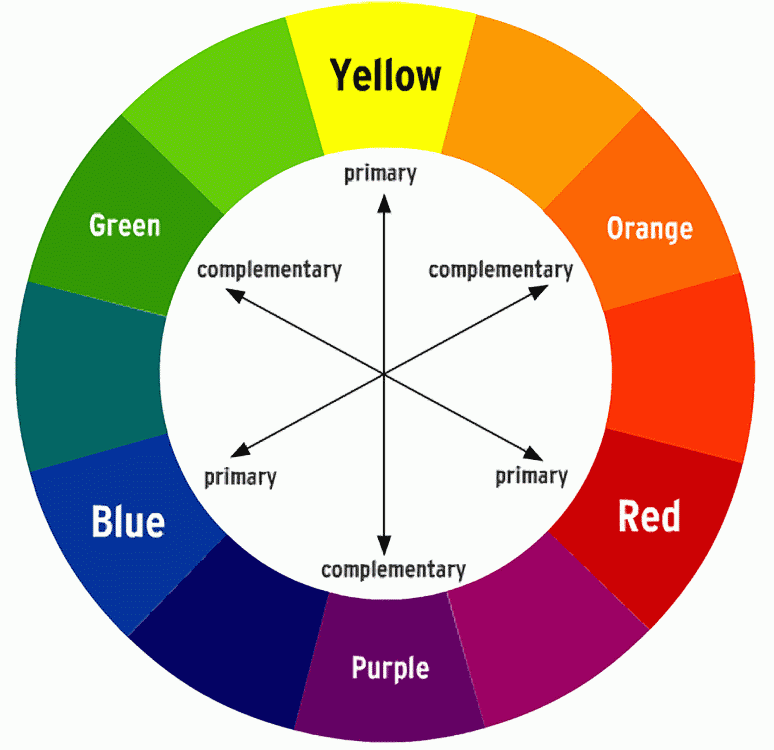


For example, purple was a colour synonymous with Prince, from his home to most of his possessions.Īrtists have been using colour to create works of art for centuries. The wall colours you choose for your homecan directly reflect your personality. We will explain the importance of colours in homes and office environments and how they can affect your mood and emotions. It is important to know the psychological effects of colours on a person when they are deployed in homes or offices. Reactions to the given situation are deeply rooted in psychological effects, cultural imprints, and biological conditioning. At the same time, they can help us when we are hungry or relaxed. Our emotions and mood can be influenced by both art and the colours selected. It would all depend on the psychological effects of the colour scheme being utilised.

No matter what primary or secondary colours are in question, it is well known that colours evoke different feelings, especially in the home or office environments. For instance, warm colours are known to evoke different emotions in comparison to cool colours & bright colours. Many scientific studies have shown that colours can evoke powerful emotions and mood, which impact human behaviour. (Note: Illustration for this Blog is Claude Boutet’s, Colour Wheel of 1708).Ĭolours and emotions tend to be linked closely. Therefore, colour theory refers to the visual impact of colour and the way colours mix. Newton’s 1704 work, Opticks: or, A Treatise of the Reflexions, Refractions, Inflexions and Colours of Light, refers. Newton showed that white light, after passing through a dispersive prism, could be recombined into white light by passing it through a different prism. Sir Isaac Newton is regarded as the first to formally present his science based theory.


 0 kommentar(er)
0 kommentar(er)
